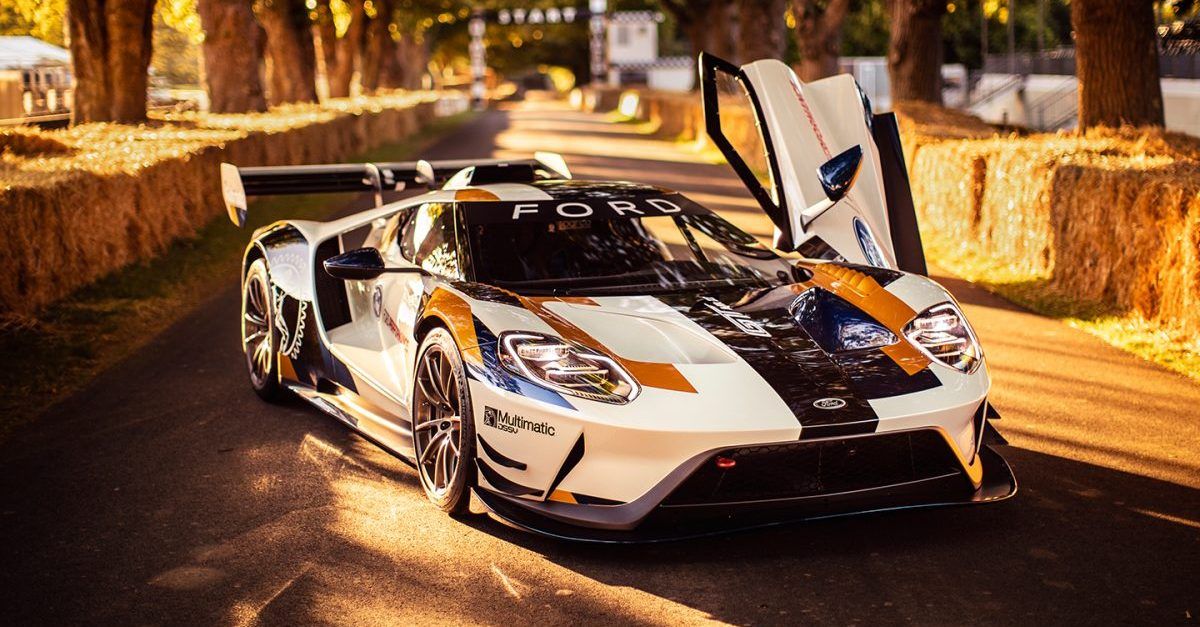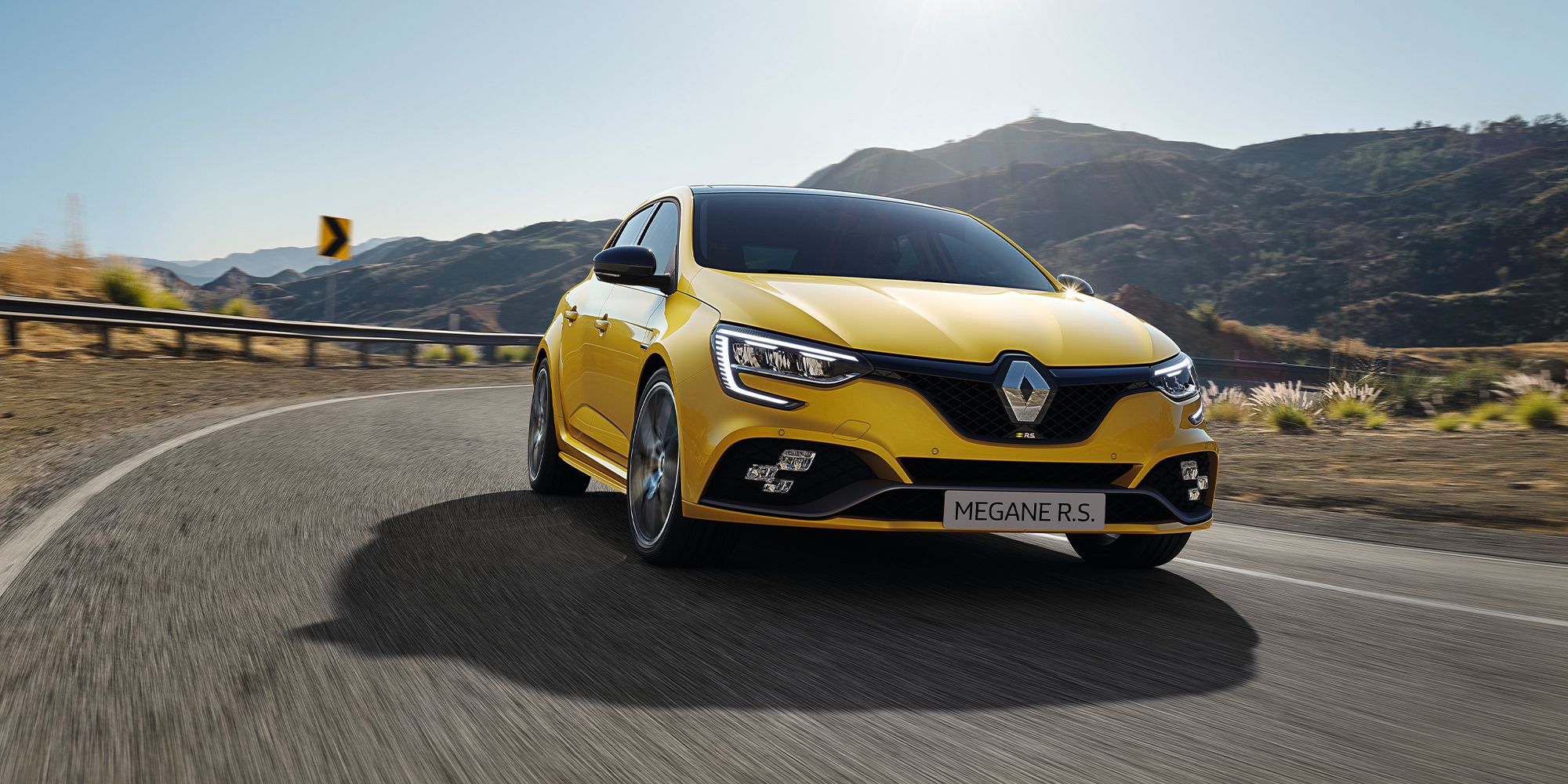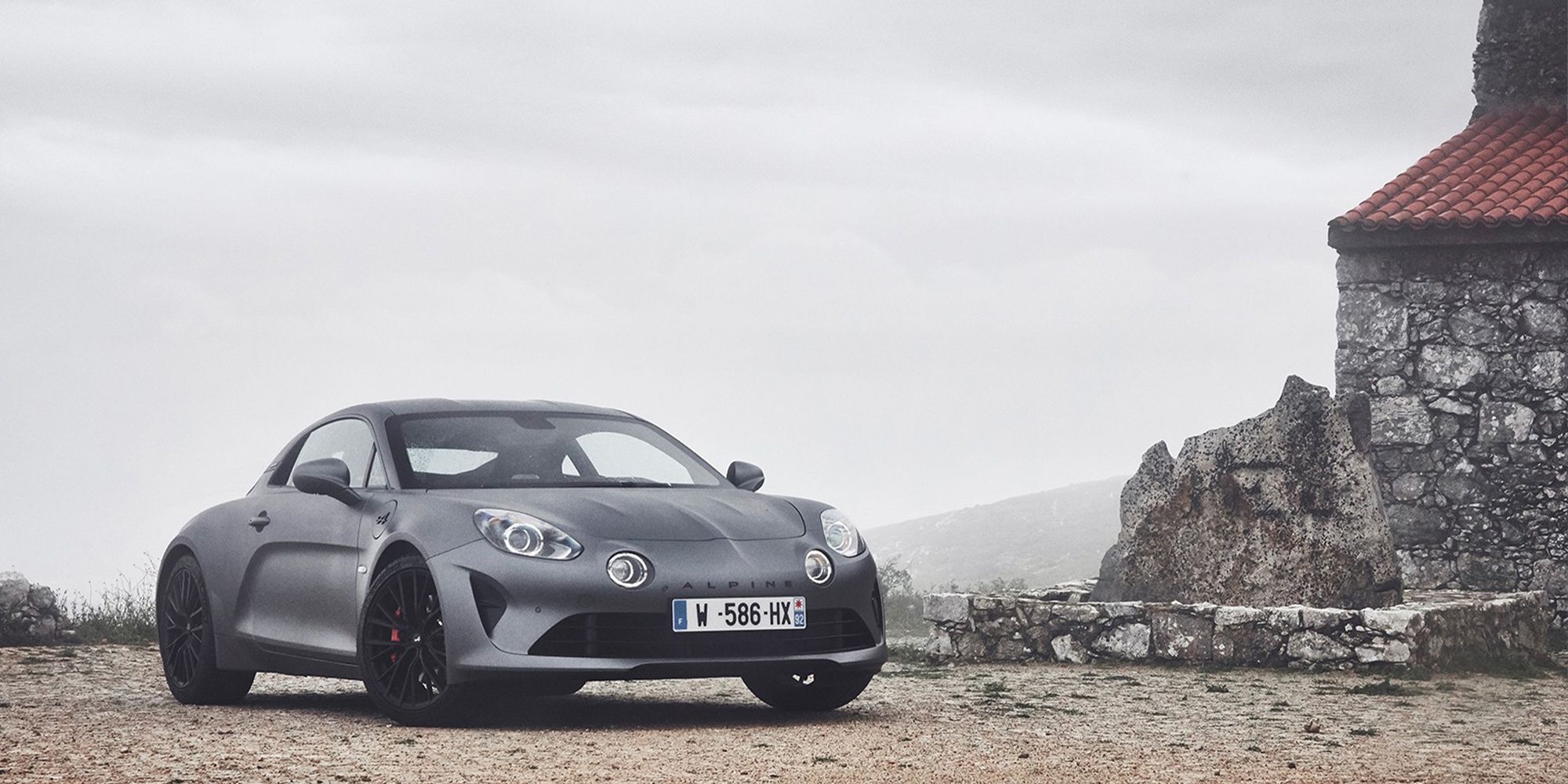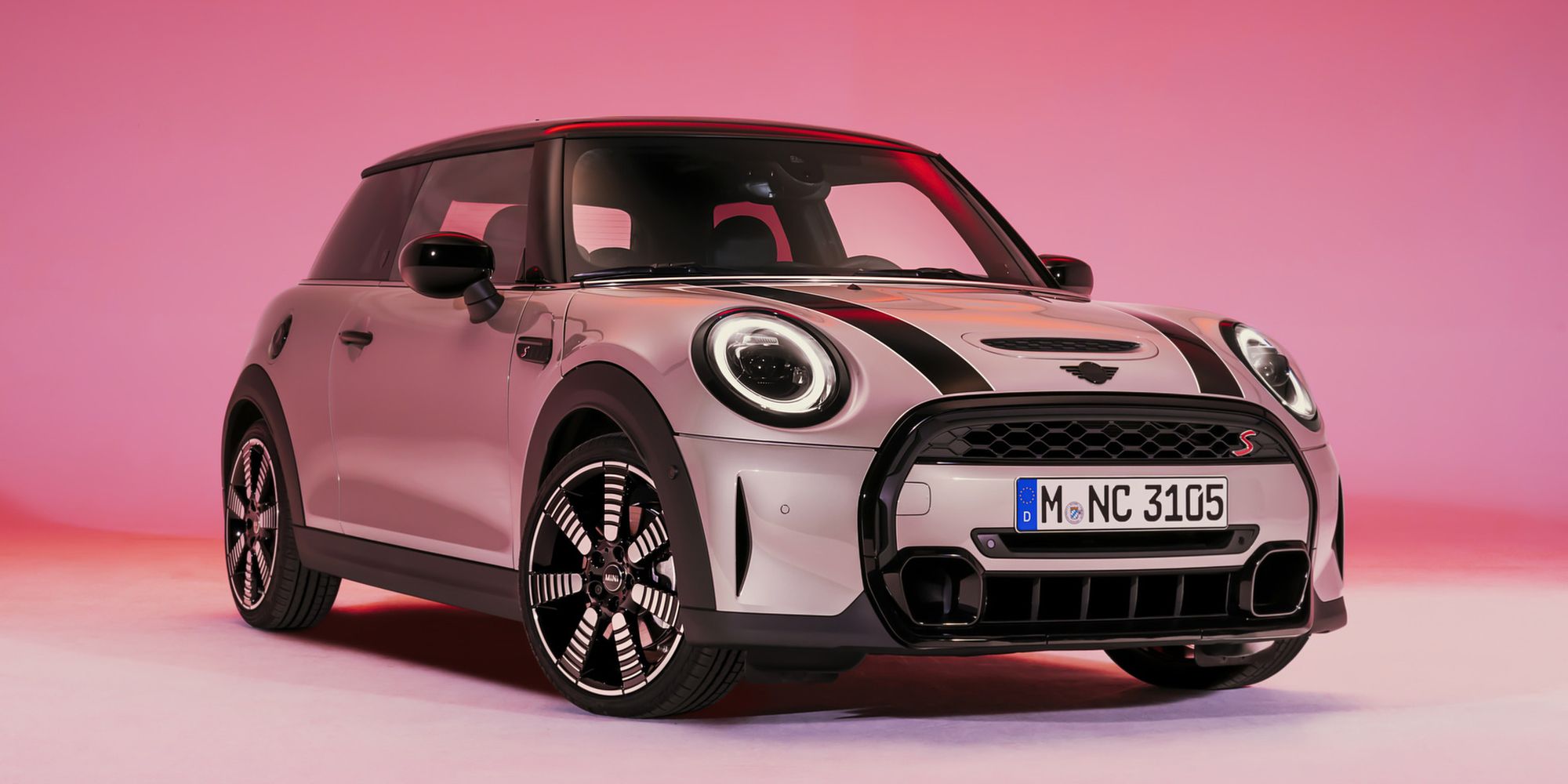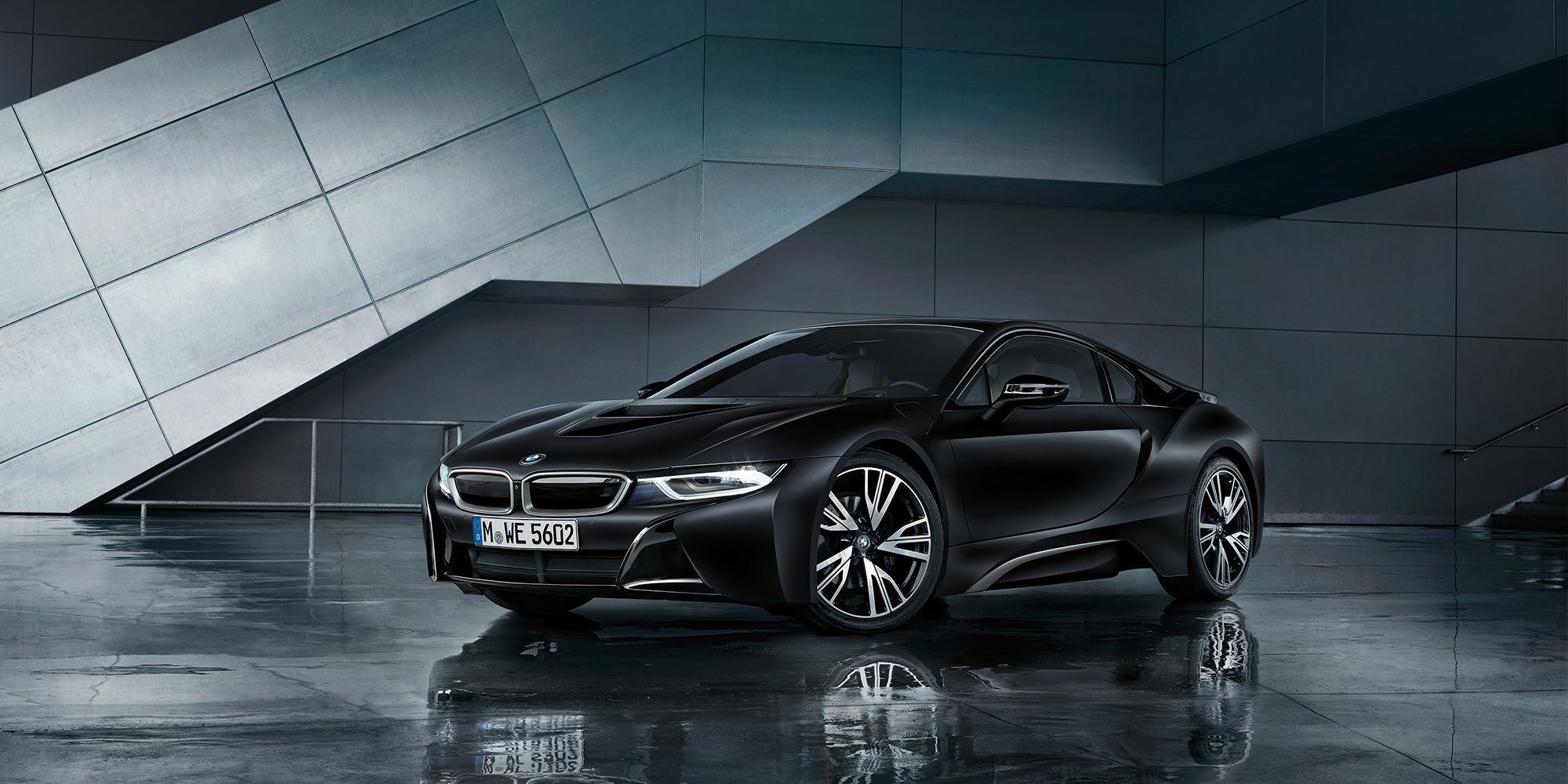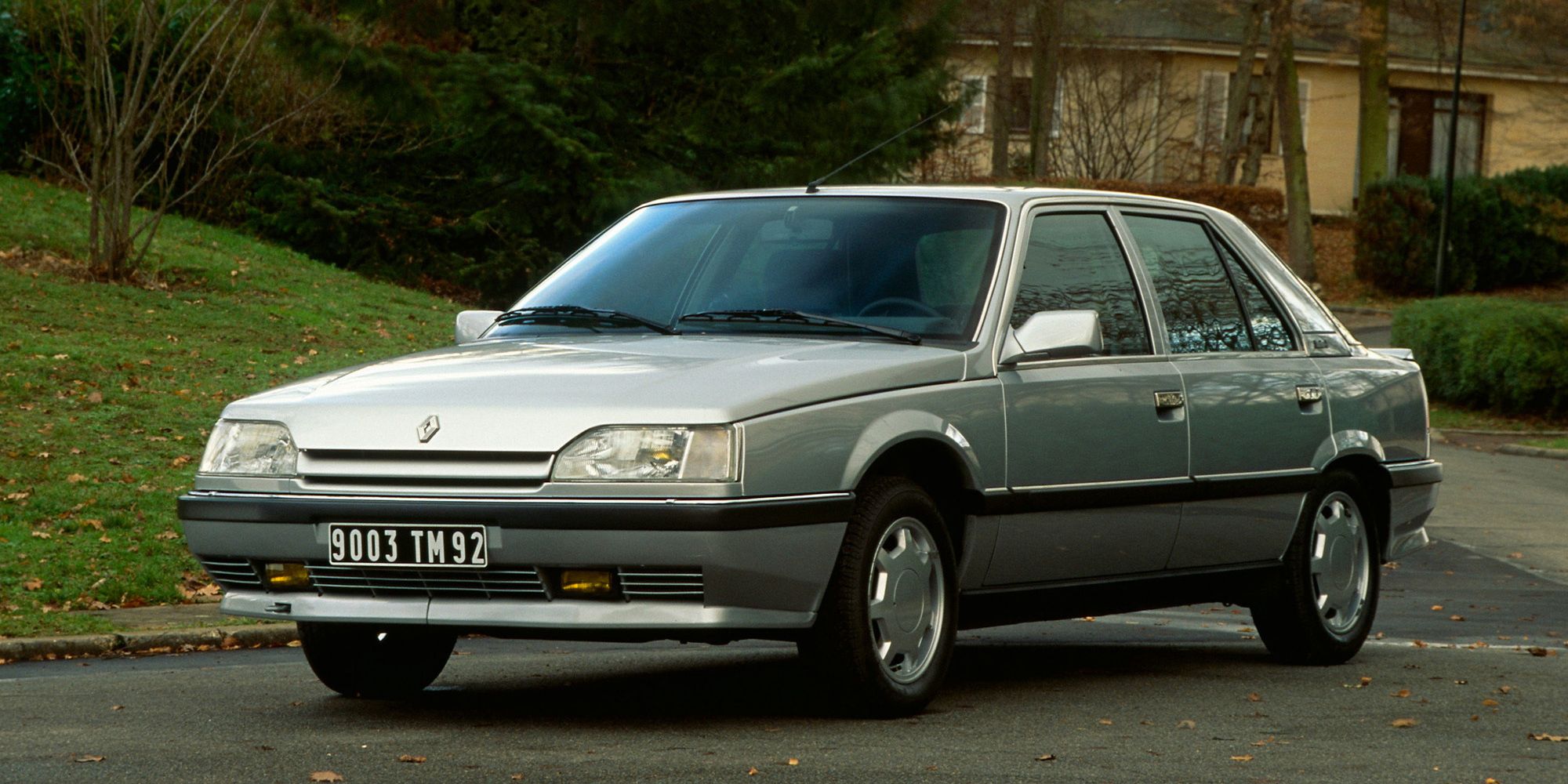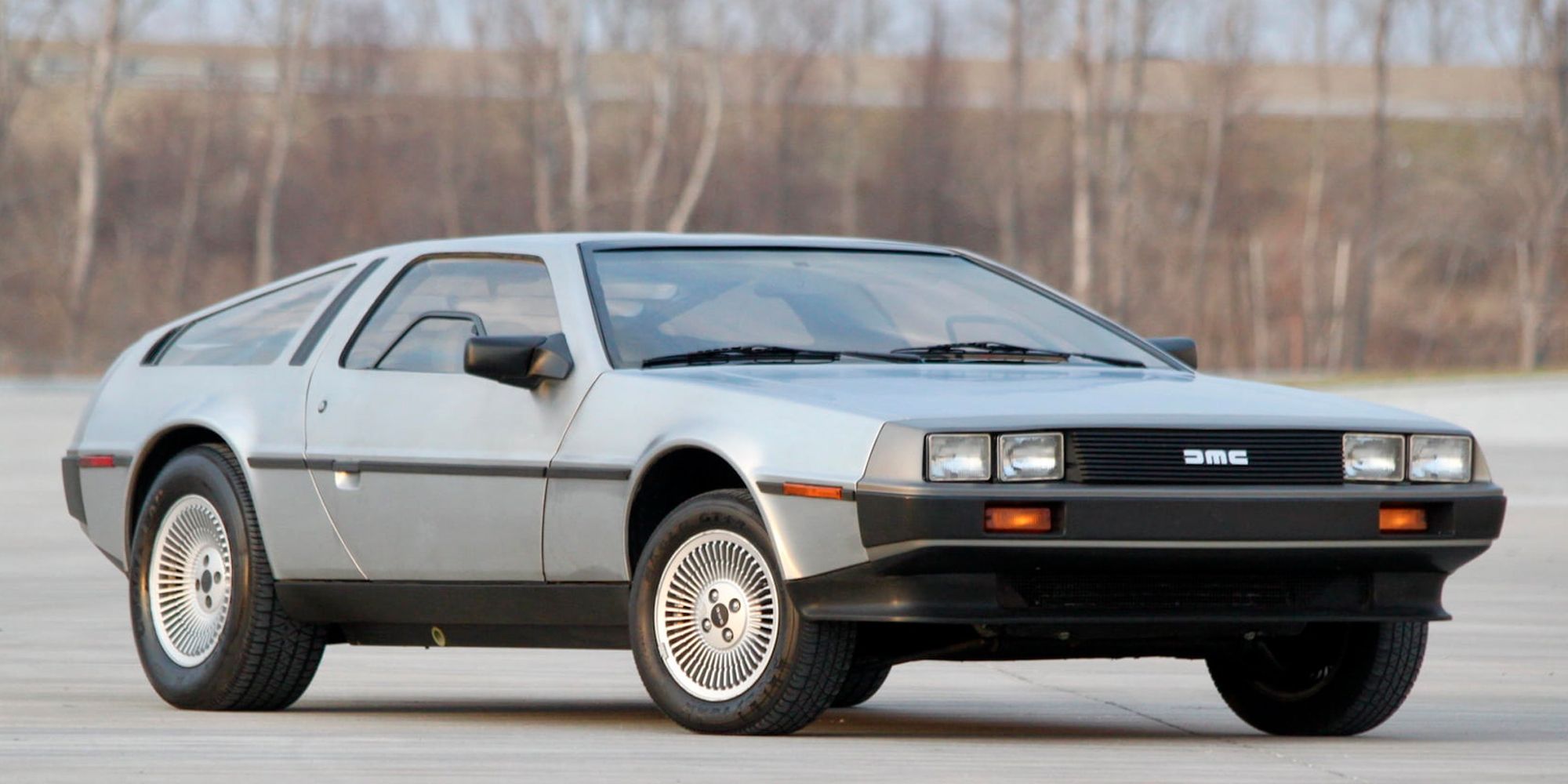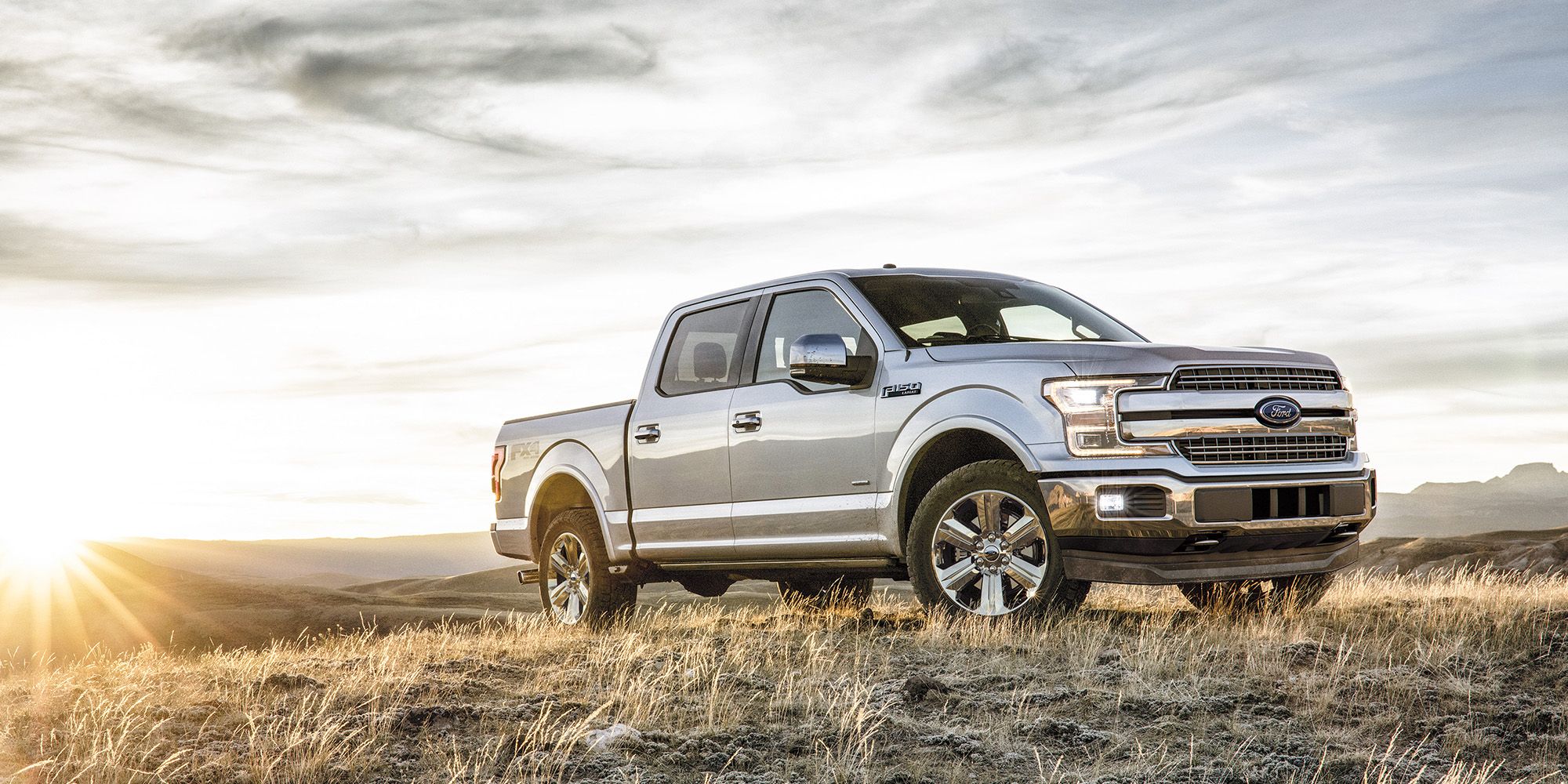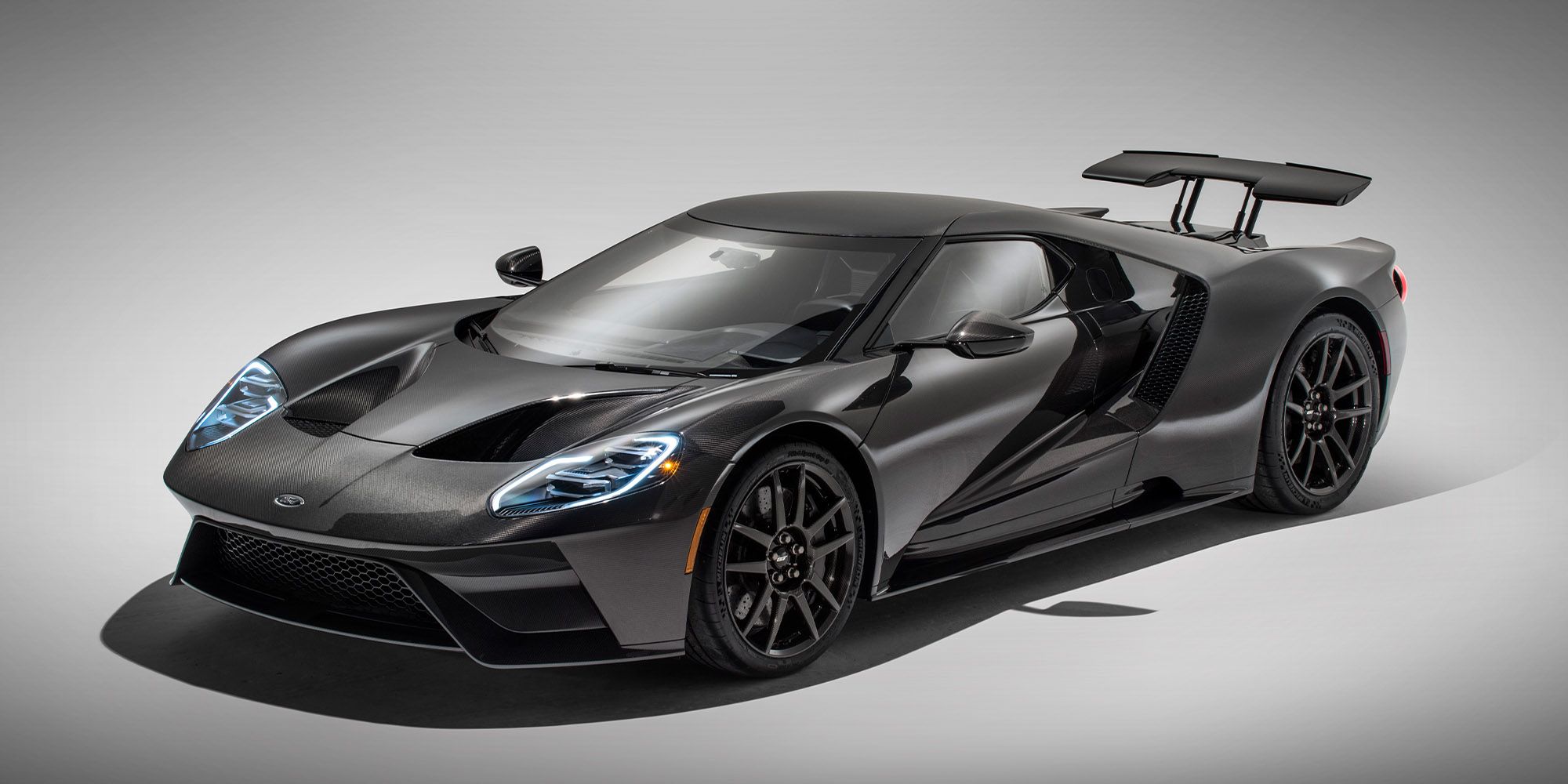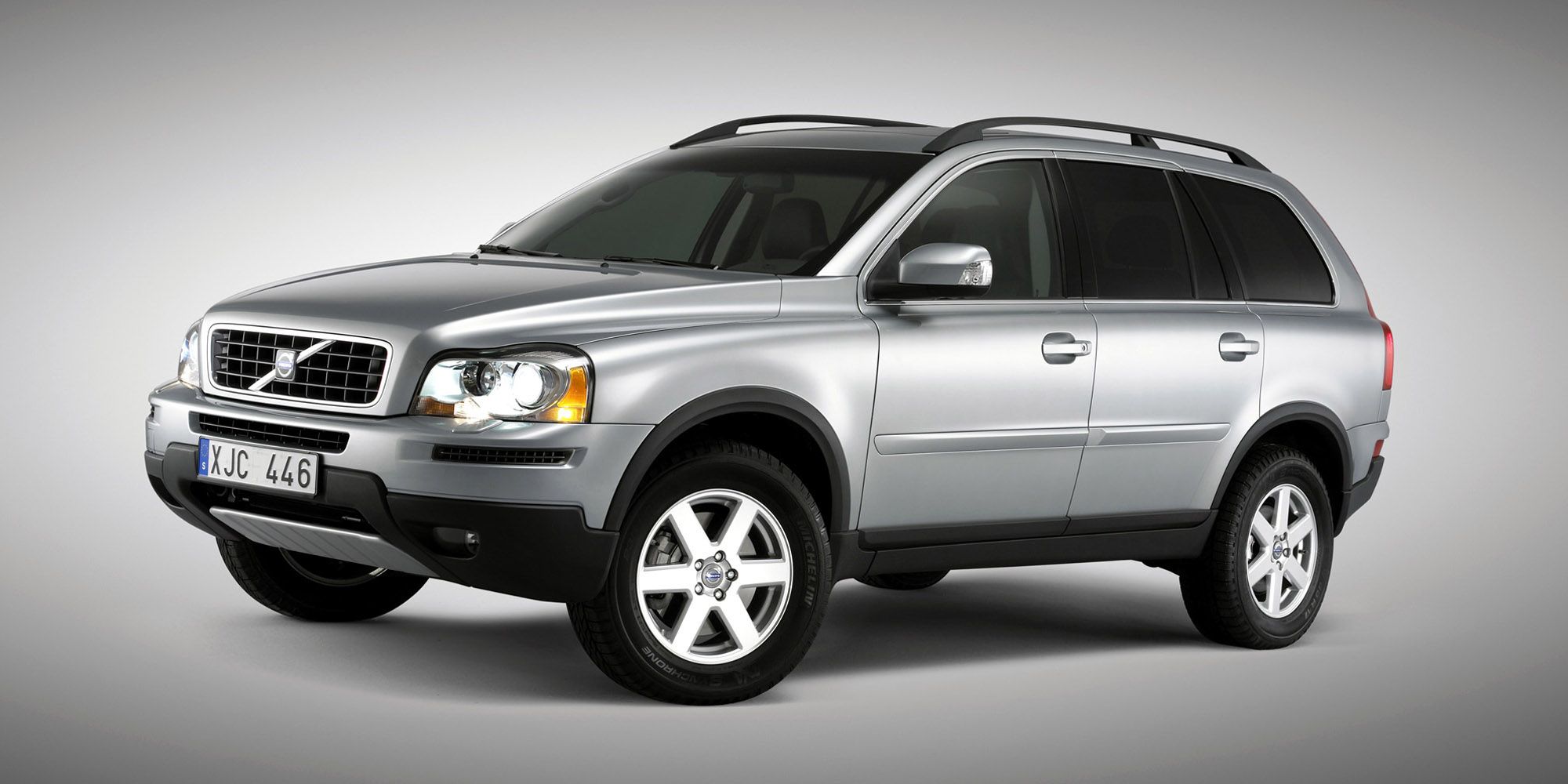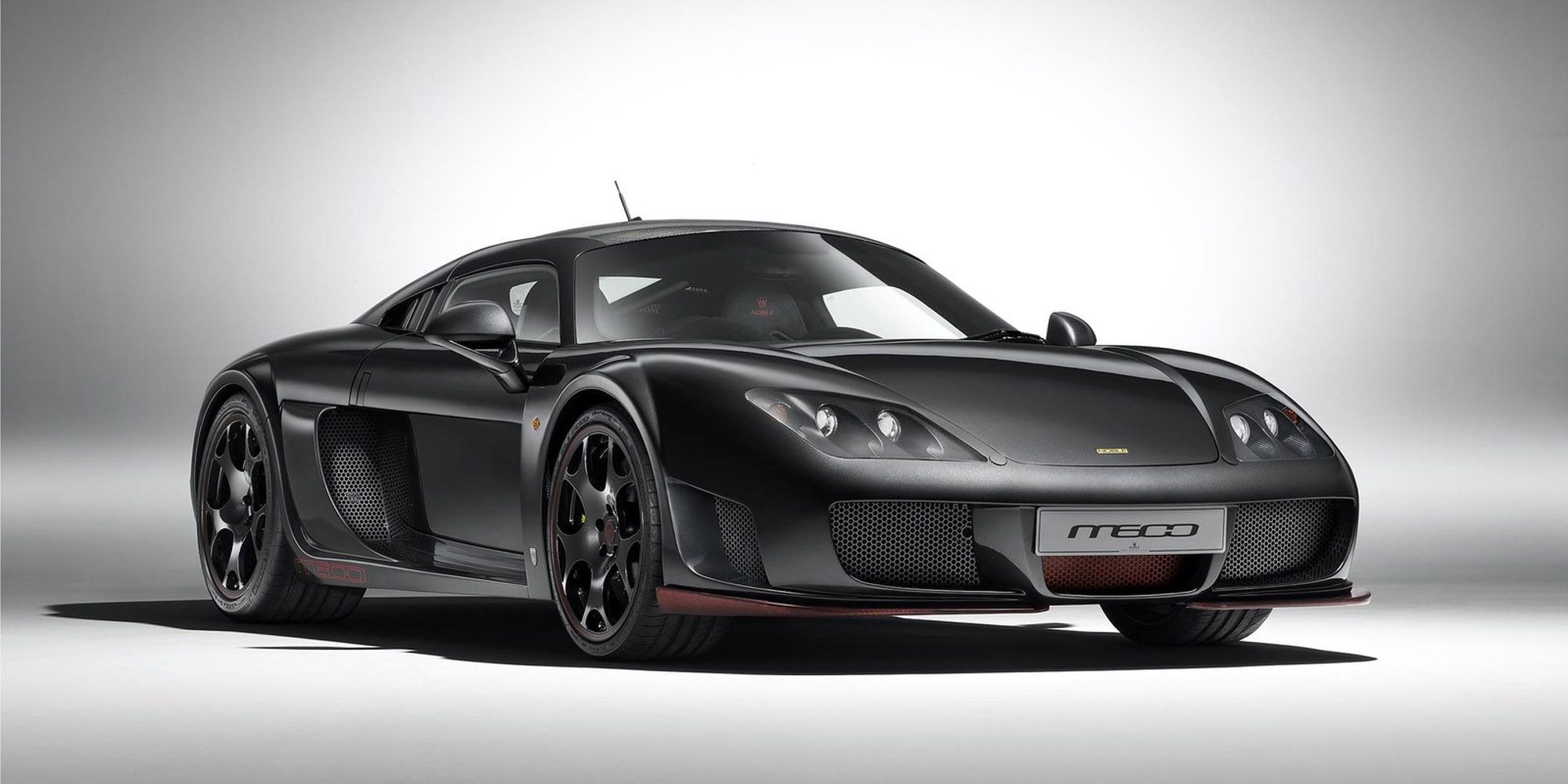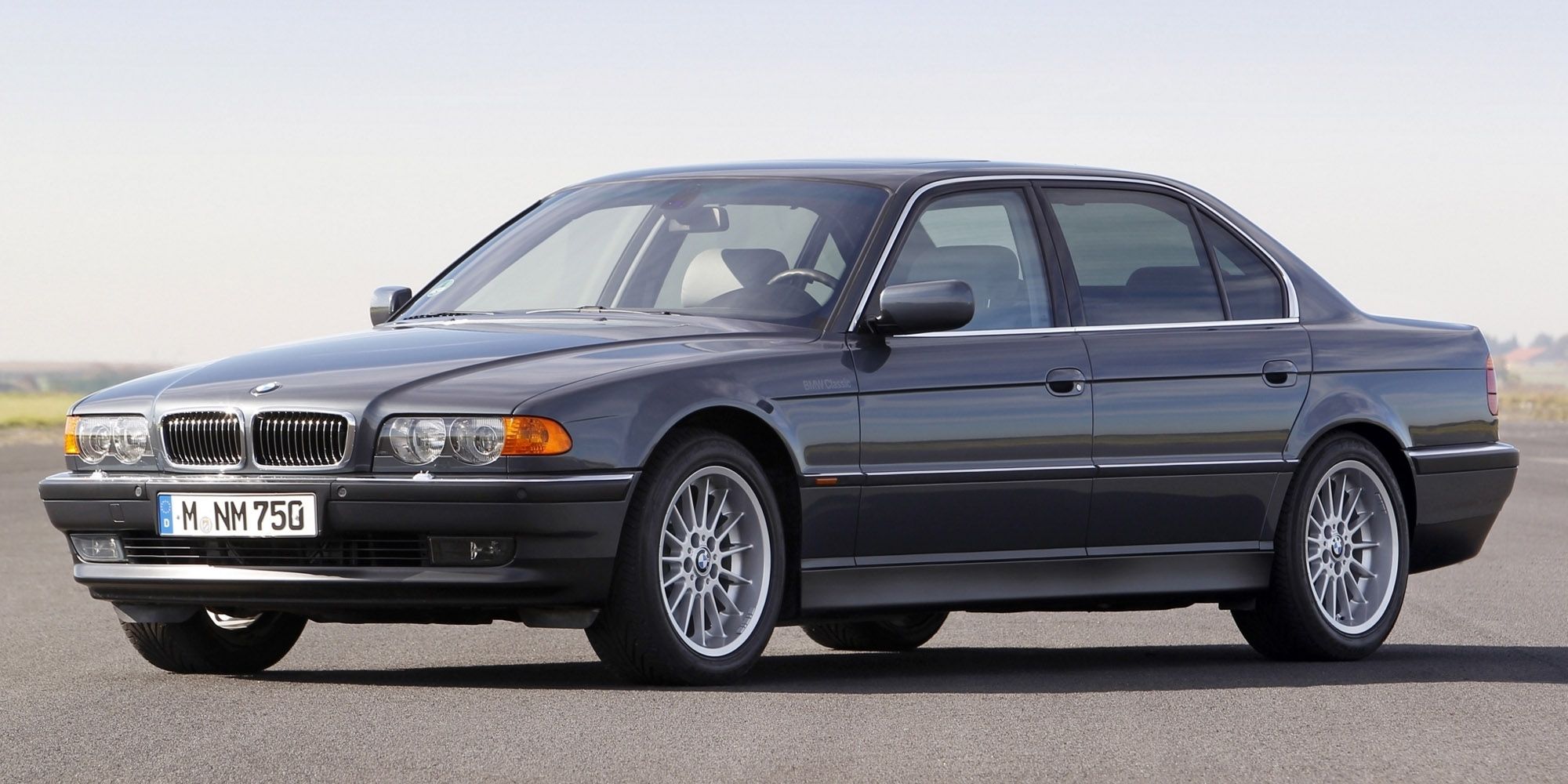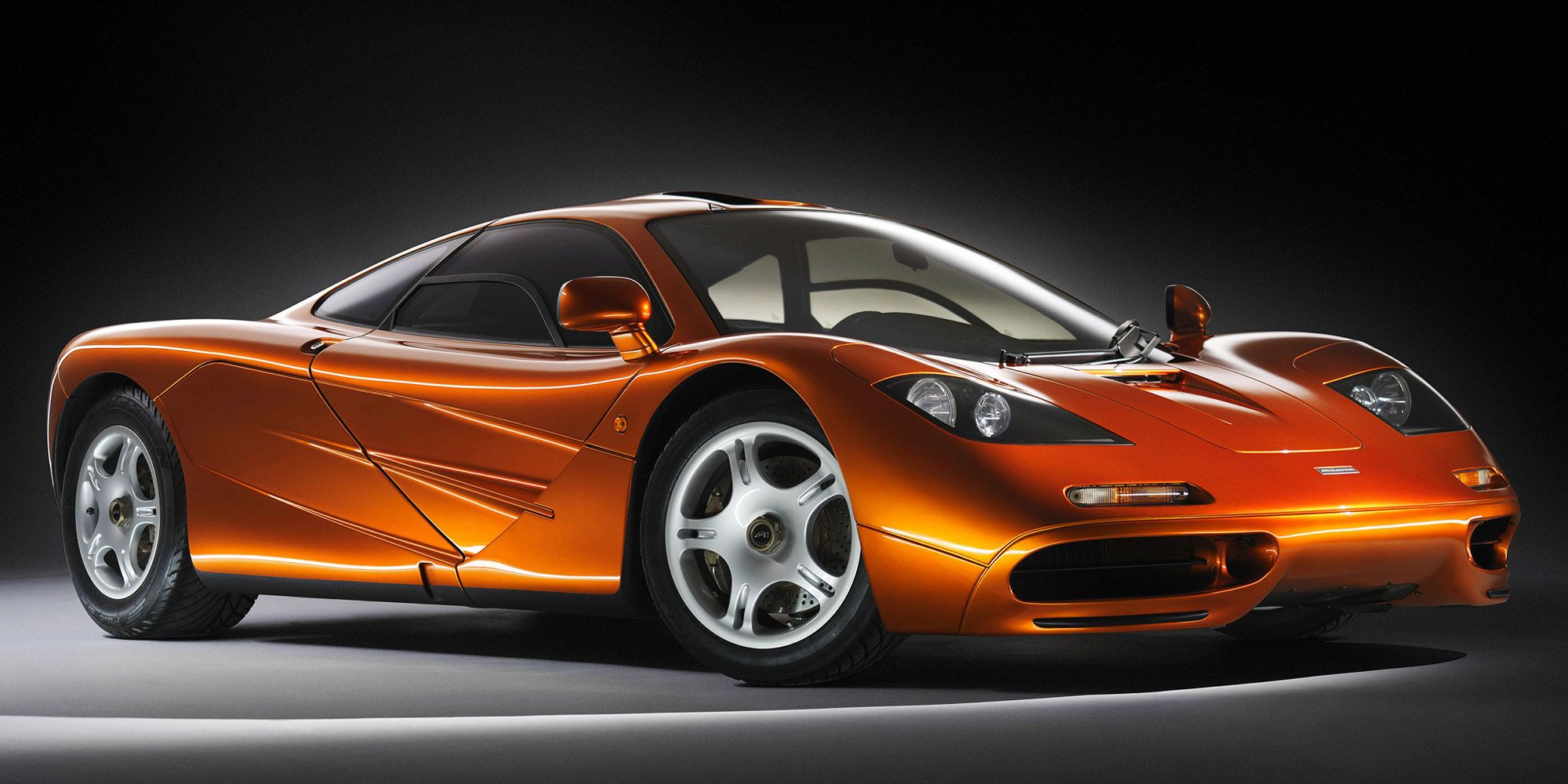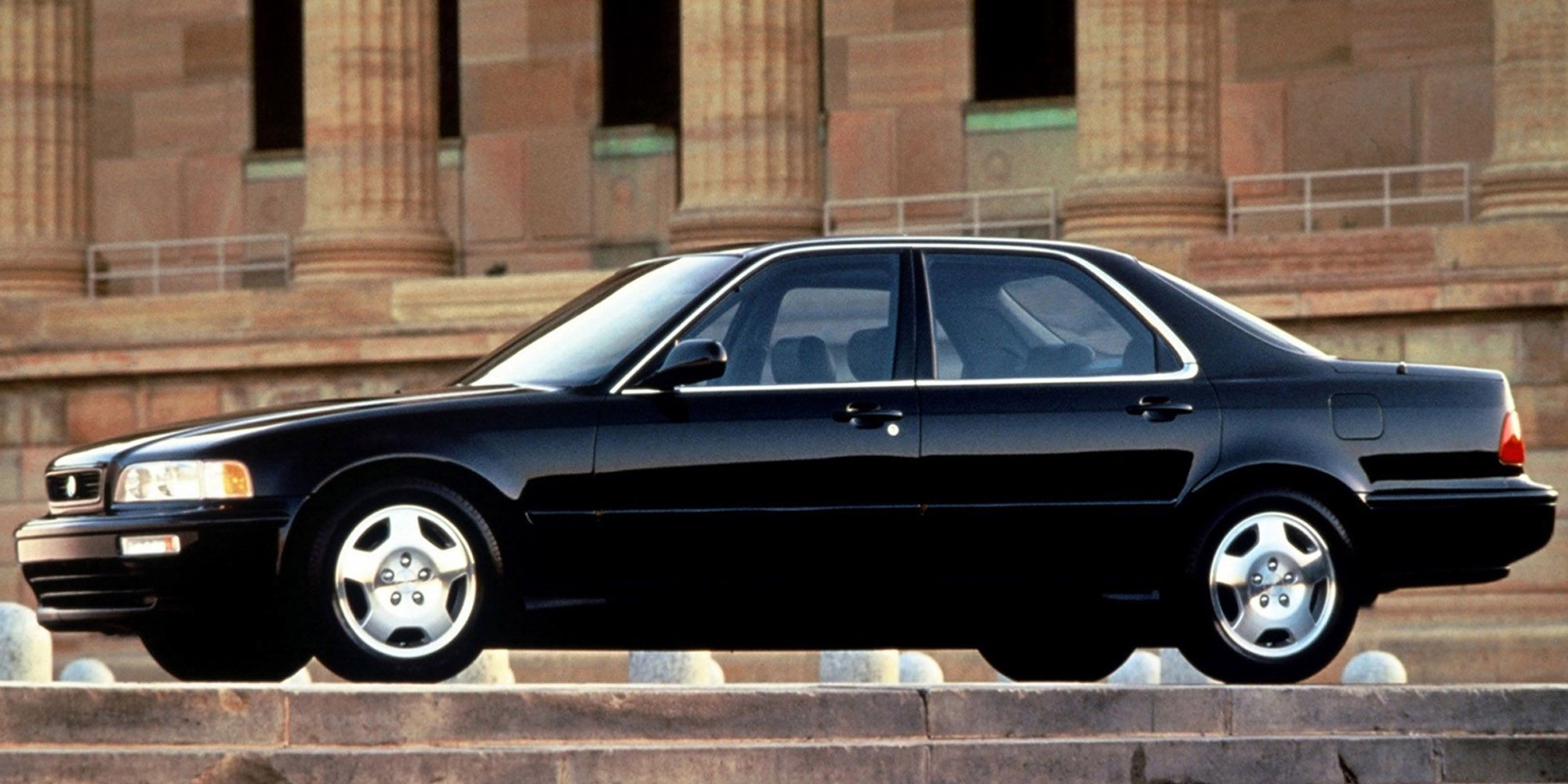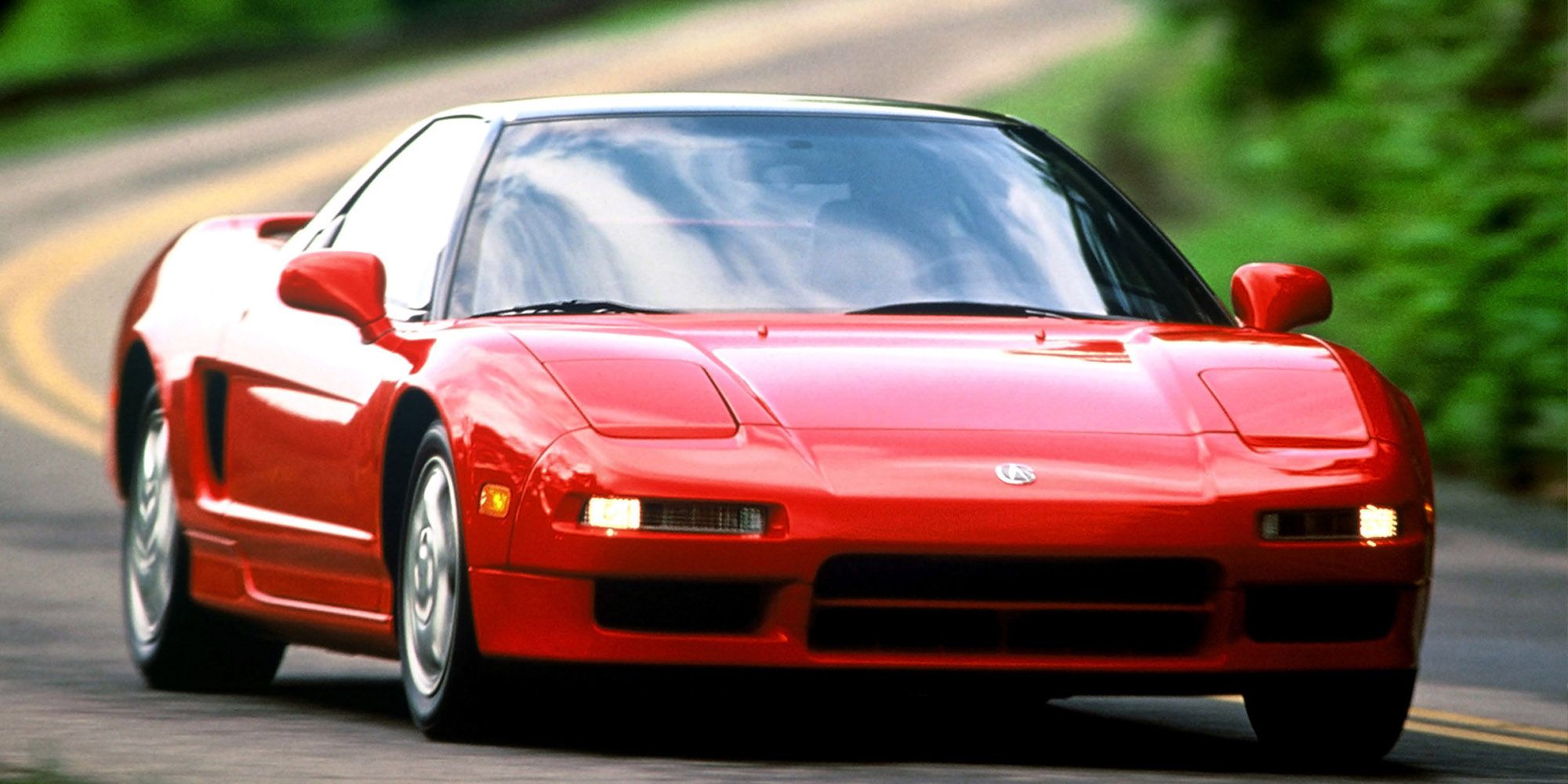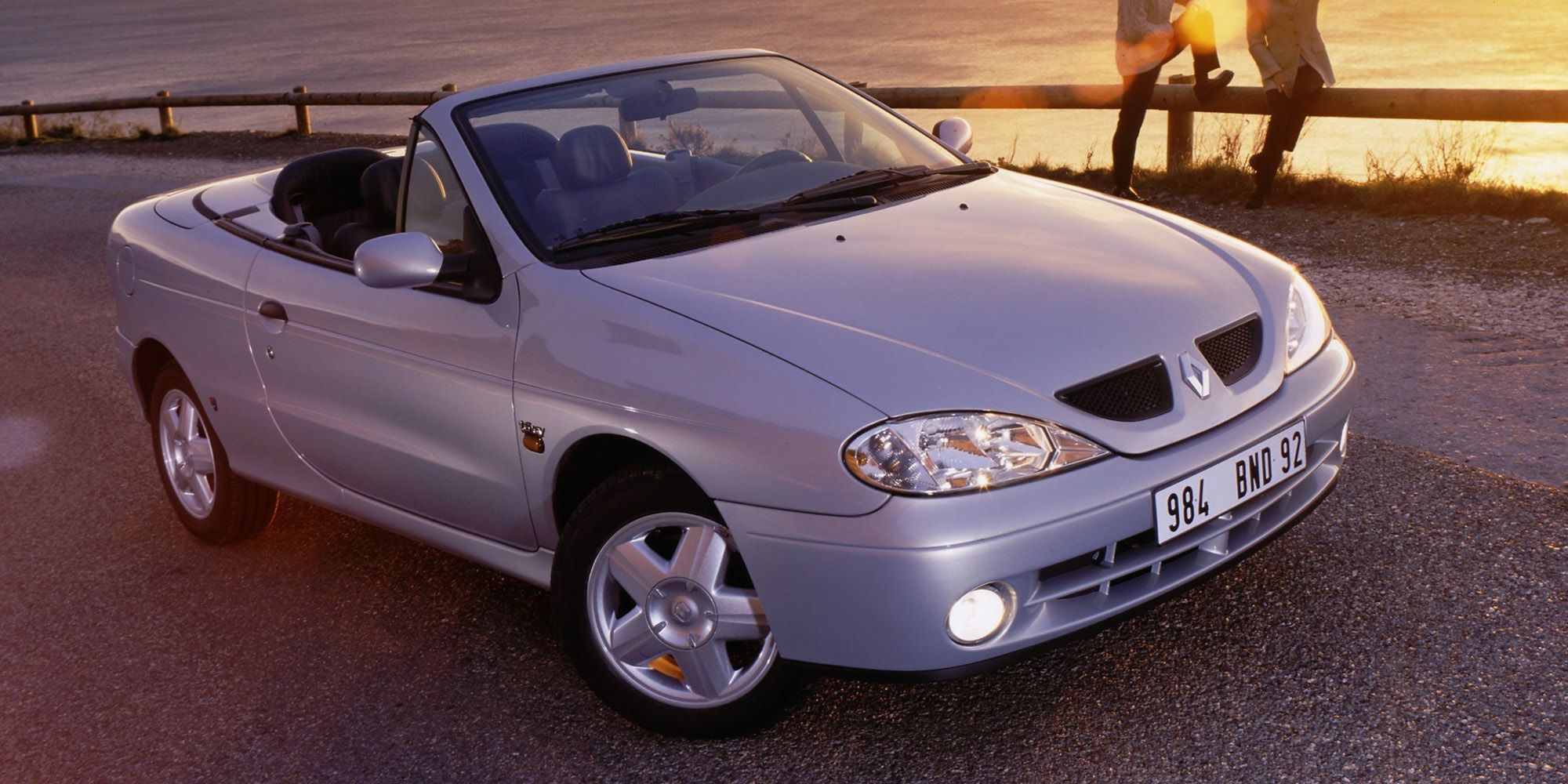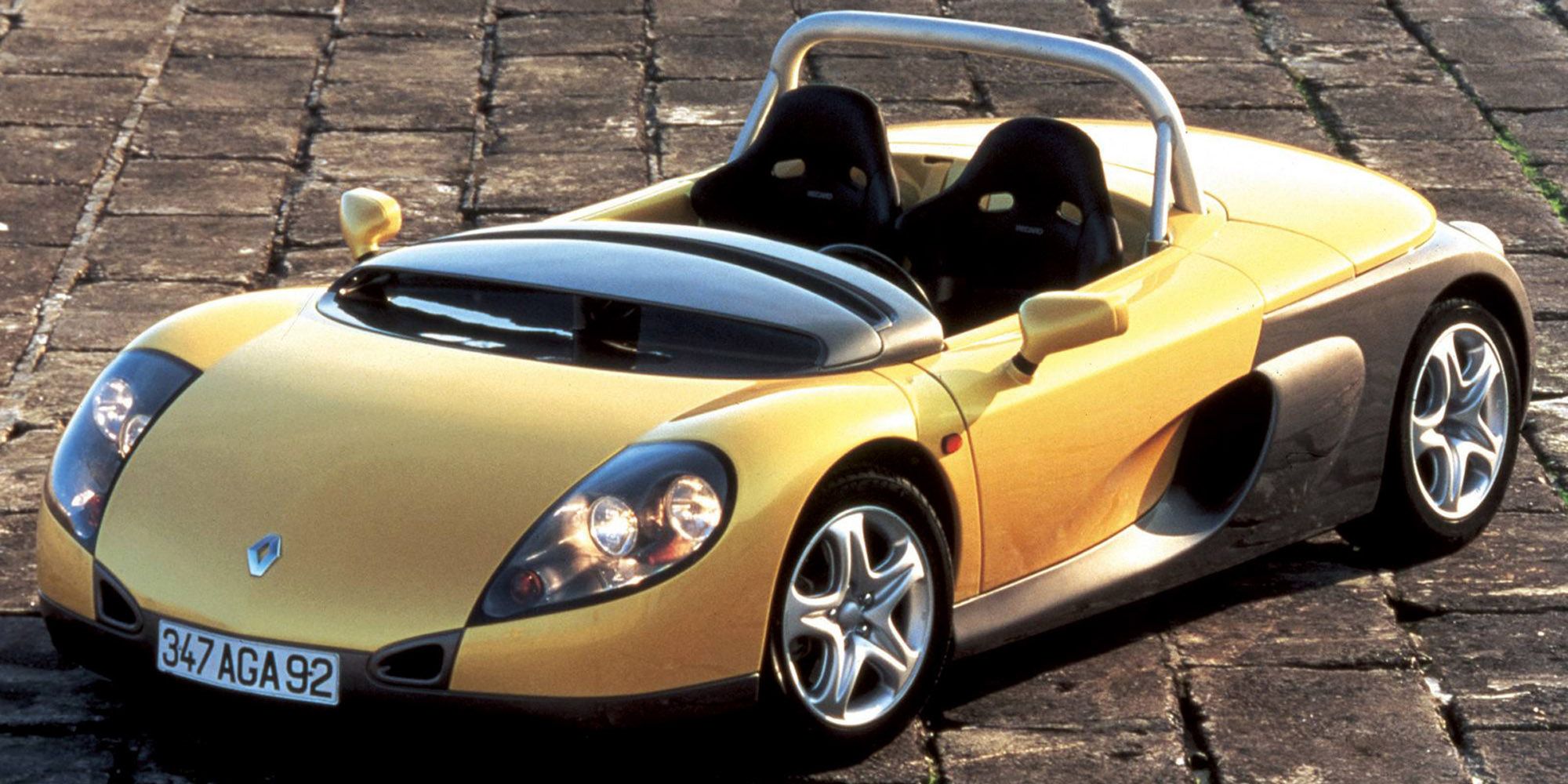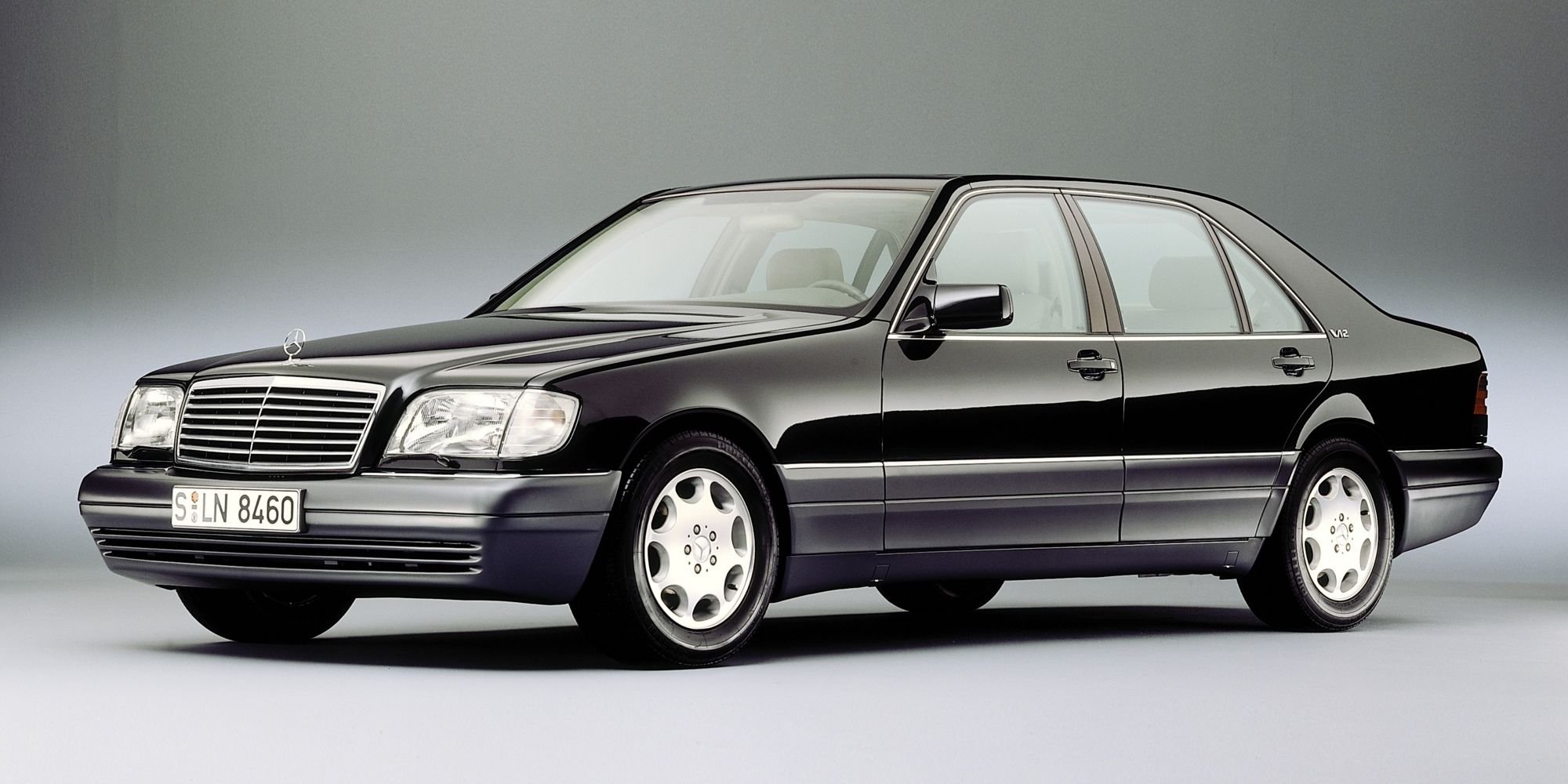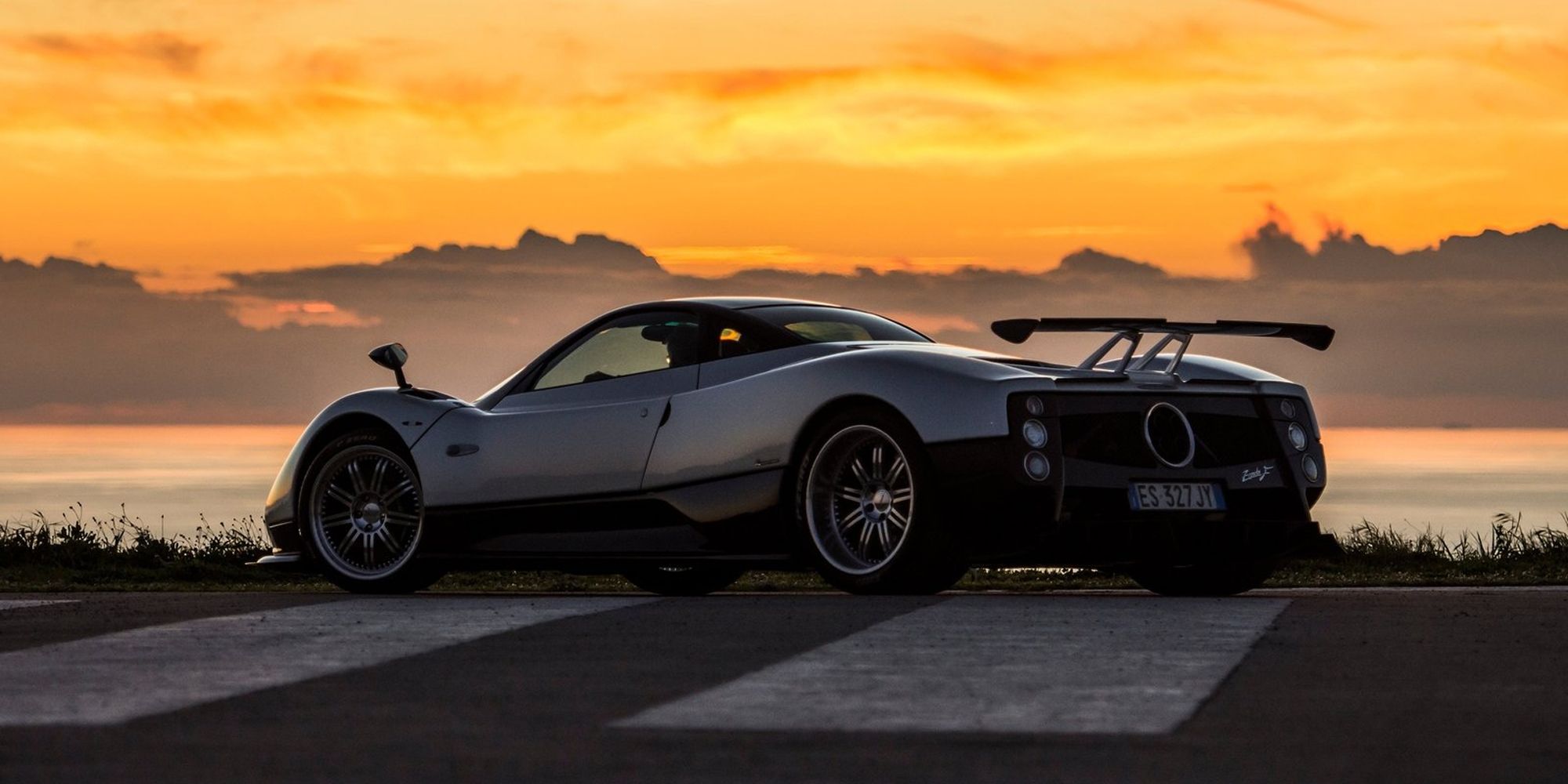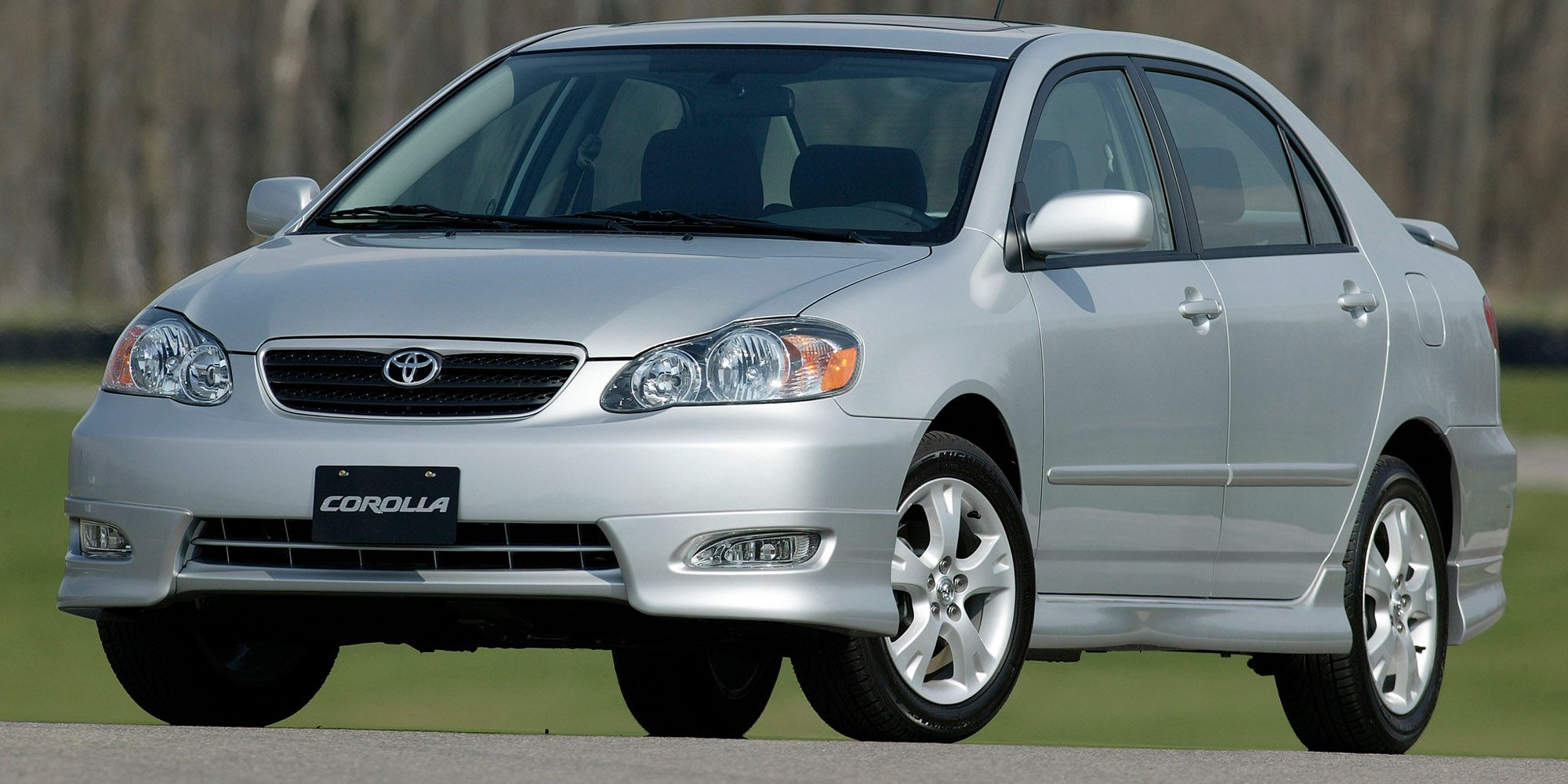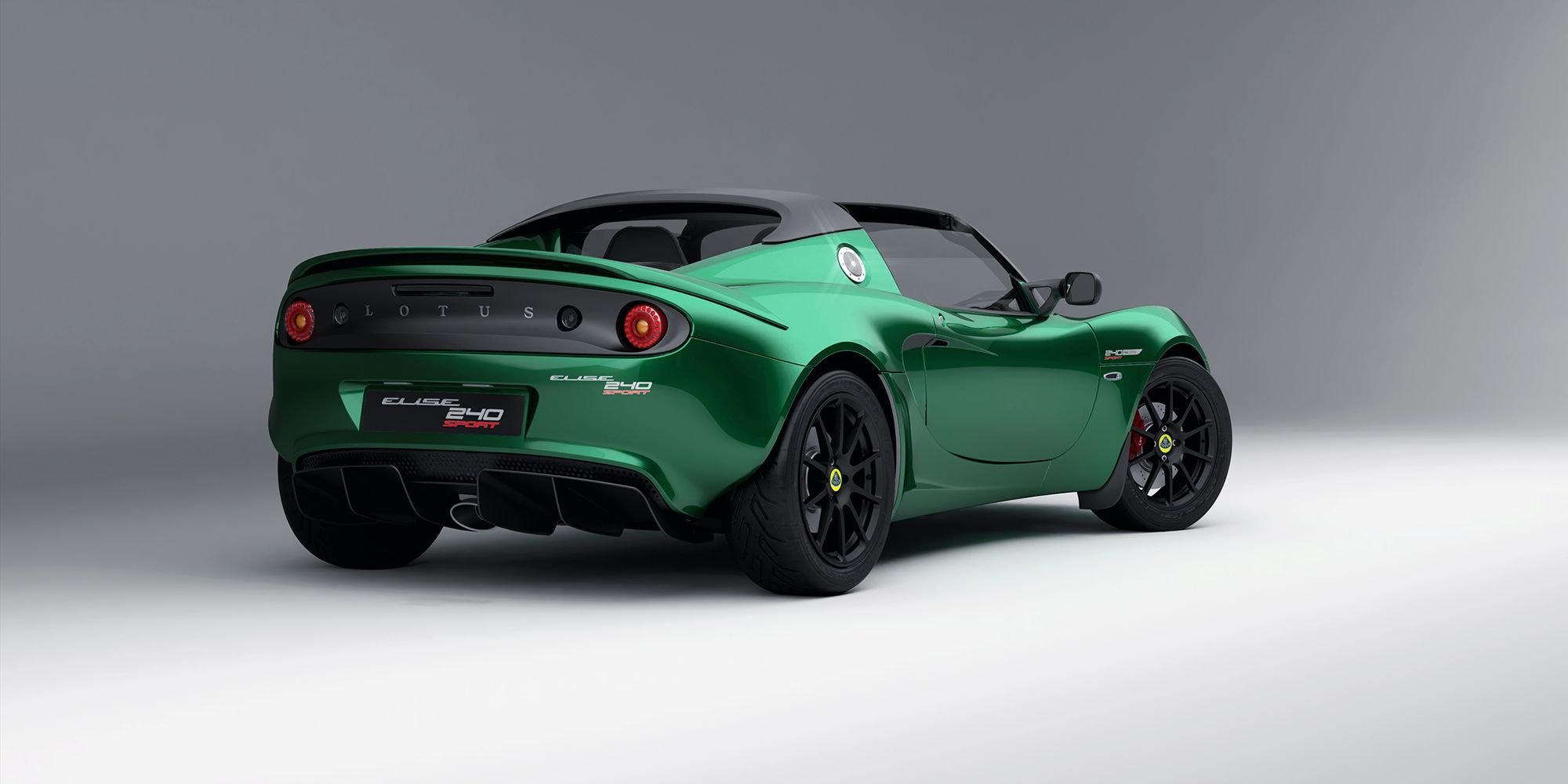One of the most important parts of an automobile is the powertrain. Although these days it can have just one moving part and run entirely on electricity, resulting in some truly exciting cars, a lot of enthusiasts' preferred choice is an old-fashioned gasoline (or diesel) burner, with an analog feel and a satisfying engine note.
Automotive engines can cost millions upon millions of dollars to develop, as well as hours of testing, tweaking, and tuning to ensure they're as good as possible. One interesting thing that has happened numerous times in the automotive industry is an engine from a normal car finds its way into a sports car.
10 Renault Megane RS Trophy & Alpine A110
Admittedly, the Renault Megane RS Trophy is not exactly a normal car. But it is based on a regular family hatchback, and when compared to a sports car, hot hatchbacks are fairly normal, so we'll stick to it.
After the Renault Group revived the Alpine sports car brand a few years ago, the first all-new model to wear the badge was the A110, a dreamy, retro-styled, and ever so slightly overpriced sports car. While it was mid-engined, slung out in the rear was the Megane RS Trophy's 1.8-liter turbo 4-cylinder engine with up to 288 hp, sending power to the rear wheels through a 7-speed DCT.
9 MINI Hatch & BMW i8
The Mini was a ubiquitous car during its original run from 1959 to 2000, and even after it was modernized and reintroduced after being acquired by the Germans, it's still very much around today. When the current generation Mini Hatch debuted in 2014, it debuted a brand new 1.5-liter three-cylinder engine.
That engine was found on the lower trim levels, like the One. Even though this was a "base model" engine, it found its way into a car that's anything but a base model; the BMW i8. The so-called plug-in hybrid supercar, which went out of production in 2020, paired the Mini's three-pot with an electric motor for AWD and 357 hp total, bumping up to 369 in the 2018 model year. It's a shame that the i8 was wasted potential in a lot of ways.
8 Renault 25 & DeLorean DMC-12
Back to Renault once more, and specifically their flagship sedan from the 1980s; the 25. Although this car was an okay seller in Europe, it's primarily known for being the car that donated its transmission to the Lotus Esprit V8, to the dismay of a lot of people. There was another car that the 25 donated something to, however.
A 130 hp fuel-injected version of the 25's 2.8-liter V6 engine found its way into the iconic DeLorean DMC-12. While the power output would have been fine in the leisure-friendly Renault, it was anything but fine in the stainless-steel bodied "sports car." Everyone knows that the DeLorean is no sports car, but we're counting it because that's how it was marketed.
7 Ford F-150 & GT
Back in 2005, to celebrate their 100th anniversary, Ford built a brand-new supercar, inspired by the car that brought them their LeMans victory back in the late 60s. The car in question was the GT, and it remains one of the most iconic supercars of all time.
Back in 2015, Ford revealed a brand new, ultra limited-production version of the GT, although it took on a totally different form. As well as a new look that threw any semblance of retro out the window, the V8 was gone. In its place was "only" a V6, a 3.5-liter twin-turbo EcoBoost unit, which had its roots in the F-150 pickup truck. Despite the outcry, the engine made 647 hp and the new GT remains one of the fastest racetrack performers on the planet.
6 Volvo XC90 & Noble M600
Back in the early 2000s, Swedish automaker and safety pioneer Volvo wanted to reinforce their attack on the German luxury brands. They decided that a V8 engine was a good bet, and they instructed Japanese engineering experts Yamaha to build it for them.
The resulting unit displaced 4.4 liters, had a 60-degree cylinder angle, and was mounted transversely, allowing it to fit snuggly in the XC90 and S80's engine bays. Eventually, this V8 engine was snatched up by British sports carmaker Noble, and after a hefty bit of tweaking, they put it in the M600 supercar, affixed with twin turbos, 650 hp, and one of the best V8 sounds ever.
5 BMW 750i & McLaren F1
By the 1980s and the early 1990s, McLaren had made a big name for itself in motorsports, especially Formula 1 with drivers like James Hunt and Ayrton Senna at the wheel. Armed with all this expertise, they decided to dabble in road cars, and they just happened to create the world's fastest naturally aspirated car.
The F1 is supercar and hypercar royalty no matter who you ask, but the engine it used is an interesting affair. The 6.1-liter V12 engine, while it was pretty much entirely bespoke to the F1, including the specially built gearbox, had its roots in the BMW 7 Series. A modified E38 7 Series was used as a testbed for this incredible car's engine.
4 Honda/Acura Legend & NSX
In some ways, the original Acura/Honda NSX was very similar to the original Mazda Miata. While the Miata added reliability and daily usability to the lightweight British sports car formula, the NSX added the same thing to the exotic supercar formula.
Honda didn't go to great efforts to specially engineer a huge V10 or V12 engine to use in the NSX. They just cherry-picked a C series V6 engine, a 3.0 liter at first, which later became a 3.2, and it was the first production Honda V6 to have VTEC (even though it almost didn't). A very similar V6 engine can be found under the hood of the far more conventional and highly underrated Acura Legend.
3 Renault Megane & Renault Sport Spider
Much like a lot of other automakers, Renault made some truly crazy cars in the late 90s and early 2000s, presumably to make the most of the relatively conservative regulations before the more serious ones of the 2010s came into play. This includes the Renault Sport Spider.
Looking like something out of an 80s sci-fi film, the Renault Sport Spider was mid-engine and rear-wheel drive, and it used a 2.0 liter 4-cylinder gasoline engine from the first generation Megane. It had no windshield or roof, but it did have butterfly doors, and it even had its own one-make racing series.
2 Mercedes S600 & Pagani Zonda
Horacio Pagani was a man with a dream. He started out in Lamborghini's design department, while also being a huge advocate for using carbon fiber in supercars, and eventually went on to design the Lamborghini Countach 25th Anniversary. But Pagani wasn't going to stop there.
He wanted to make his own supercar, one that would beat Lamborghini in the bedroom poster department. The original Zonda, and every other Zonda that came after it, certainly succeeded. The sonorous V12 in the Zonda was built by AMG, and it had its roots in a polar opposite type of car; the W140 Mercedes S600. What's more, if you're ready to dump the price you paid for your used S600 a second time, it can actually sound somewhat like a Zonda.
1 Toyota Corolla & Lotus Elise
During the 20th century, Lotus definitely struggled to keep going, changing hands and owners multiple times, from General Motors to Proton, and a few others. The original Elise saved them from certain death, but it still didn't address the elephant in the room: reliability.
With the second generation Elise, Lotus came up with an ingenious solution; keep everything else basically the same, but swap out the Rover I4 for a Toyota-sourced unit, which is about as reliable as engines get. This gamble paid off, and even though the Elise is just about to go out of production, Lotus is looking at selling the tooling rights, much like they did with the original Seven.

